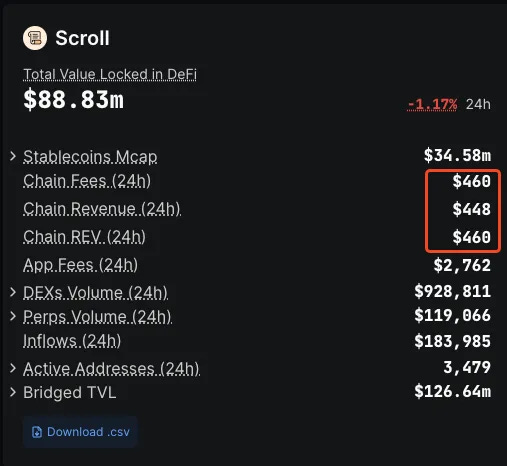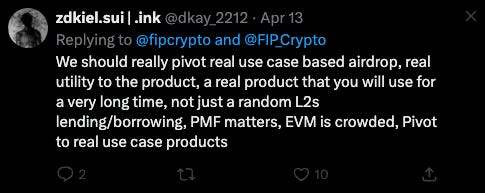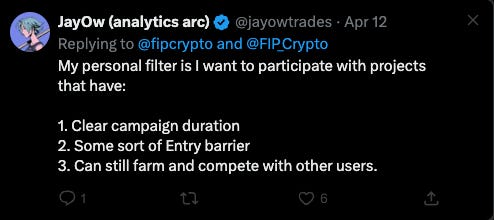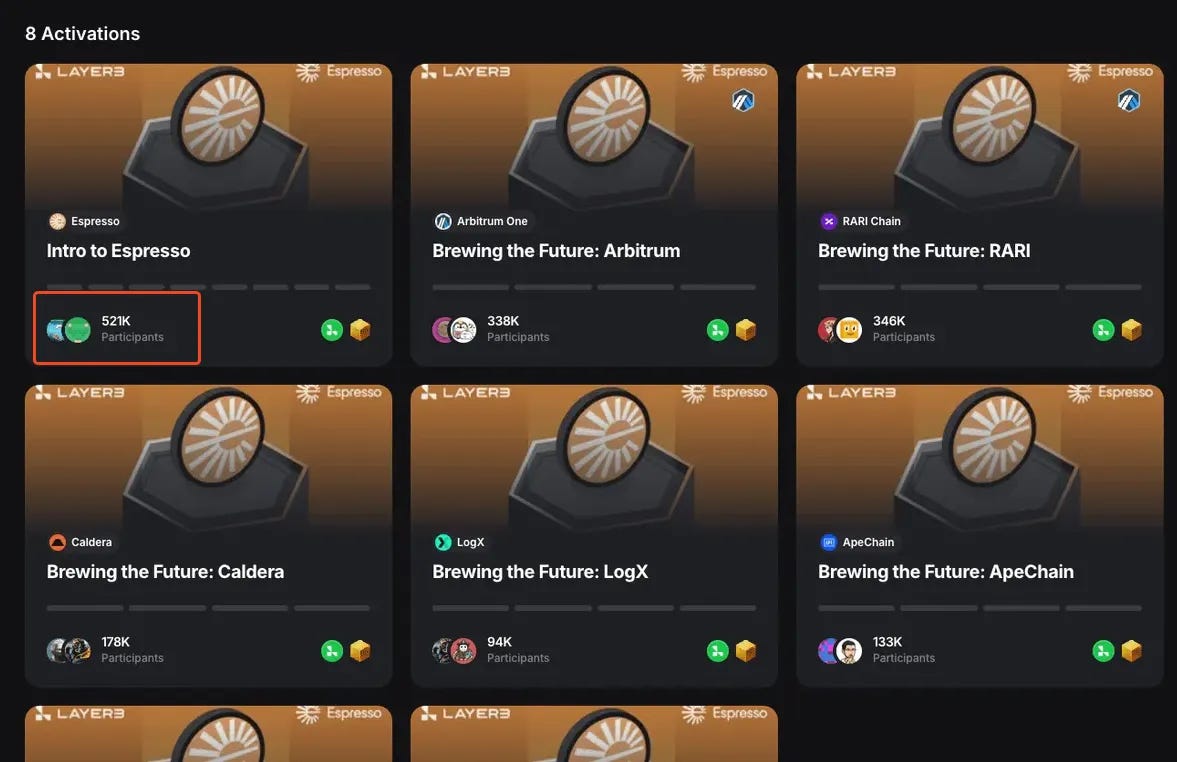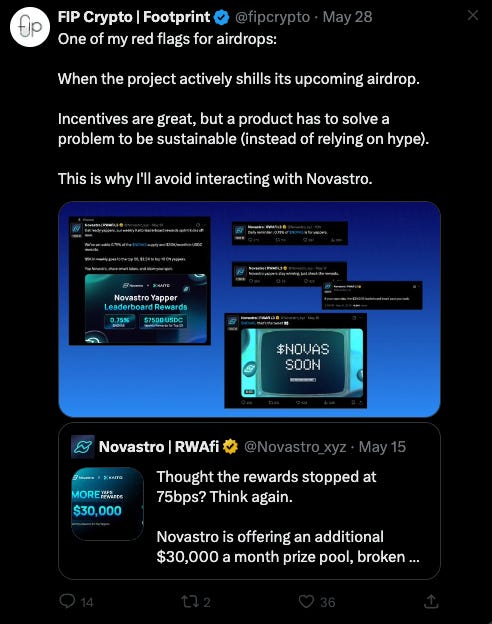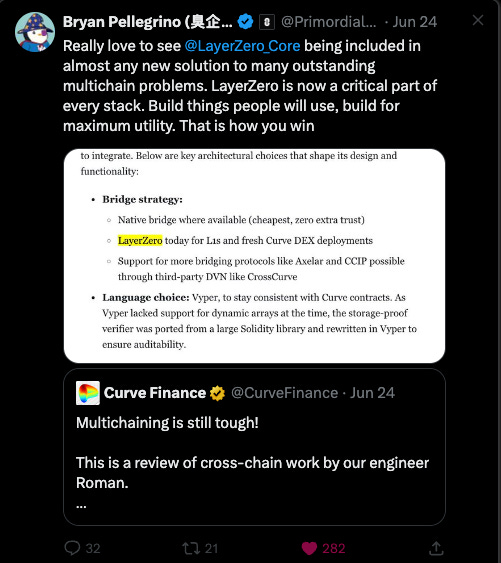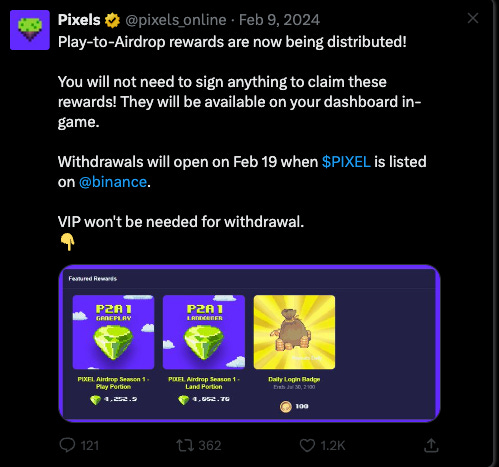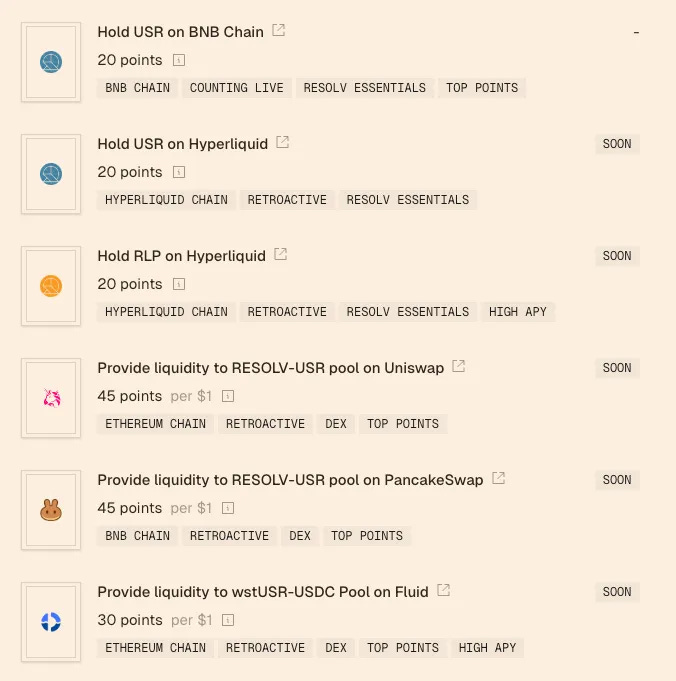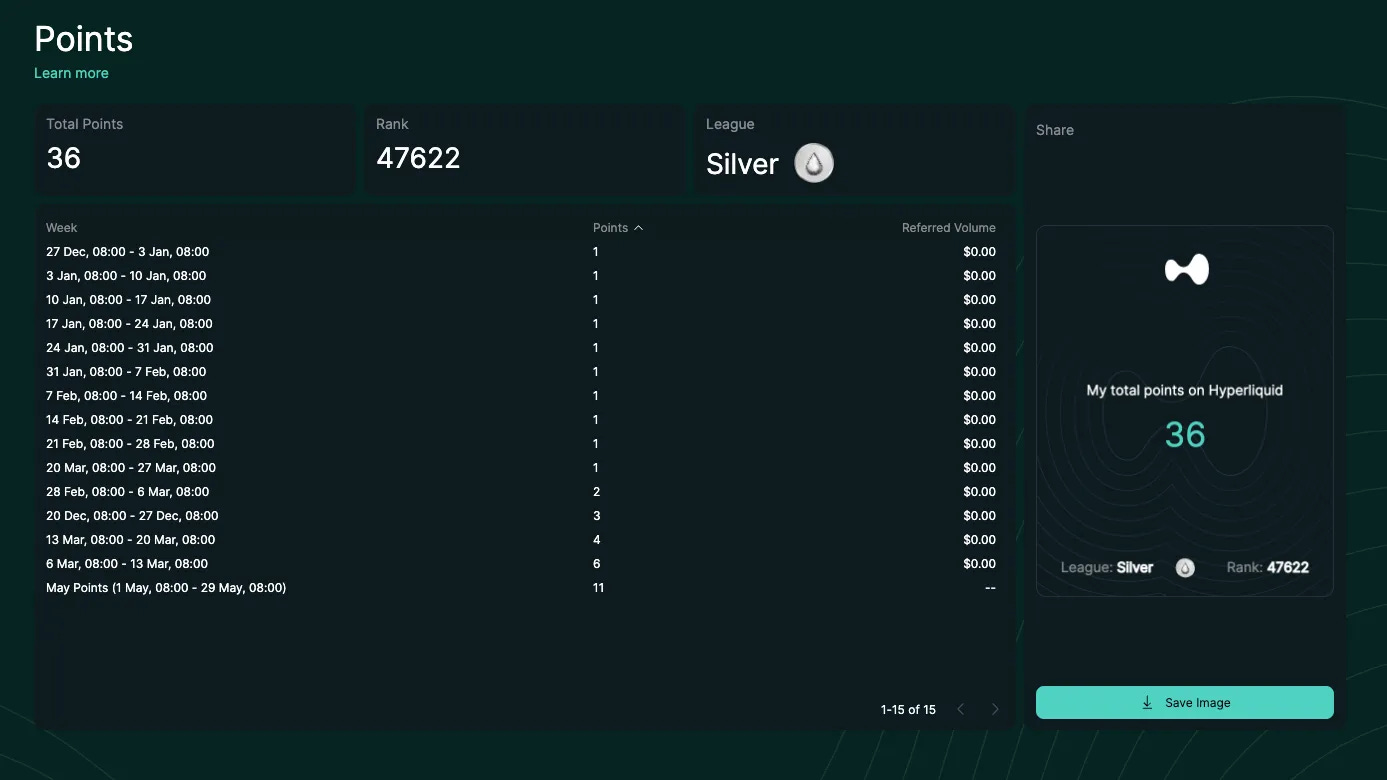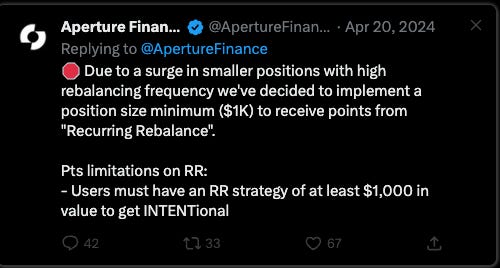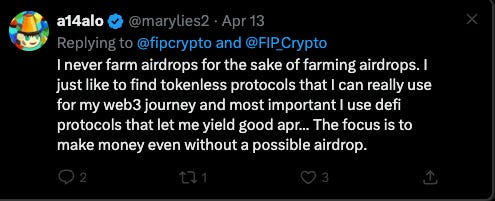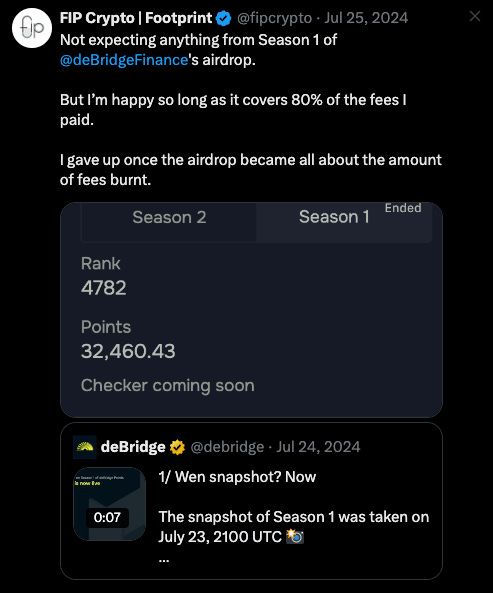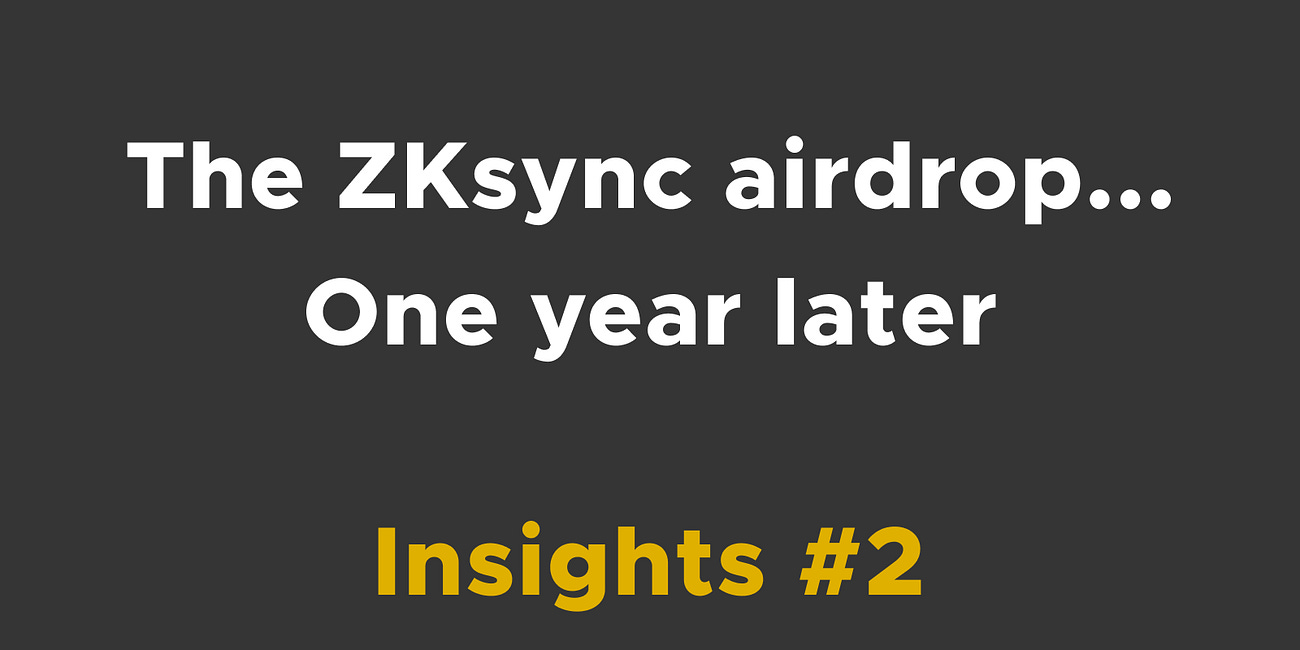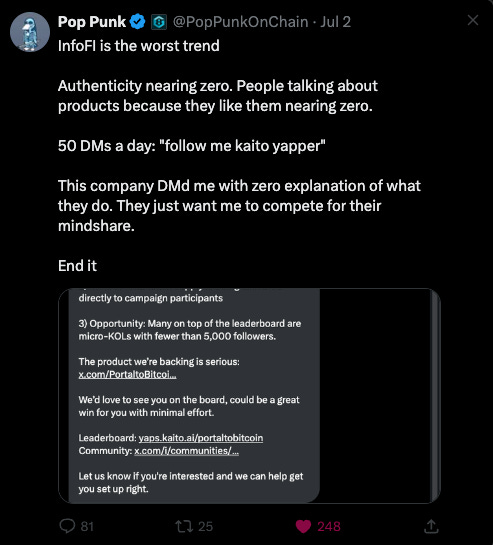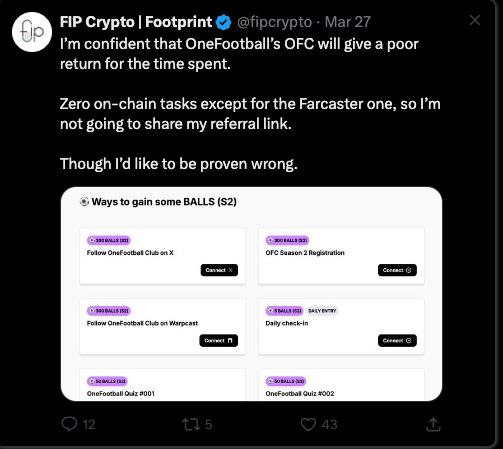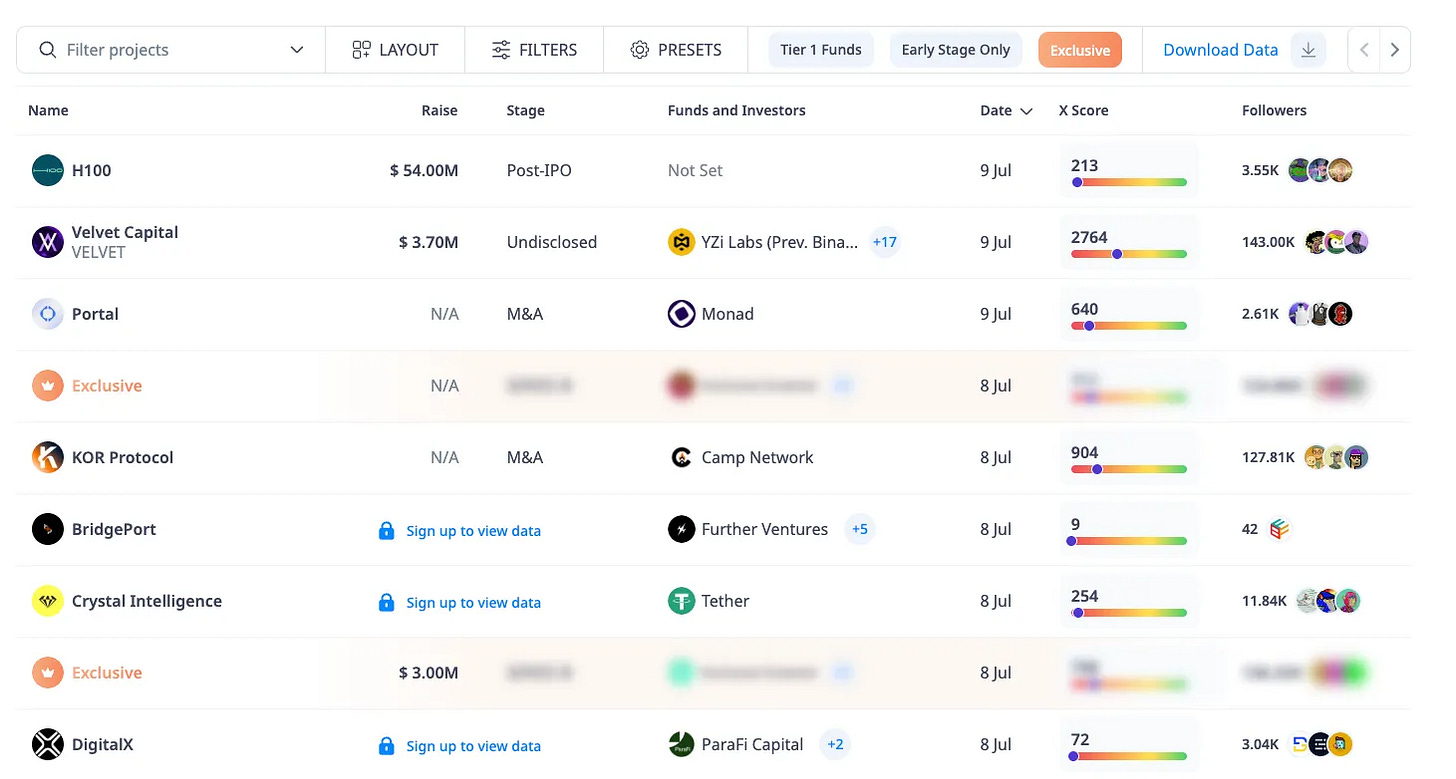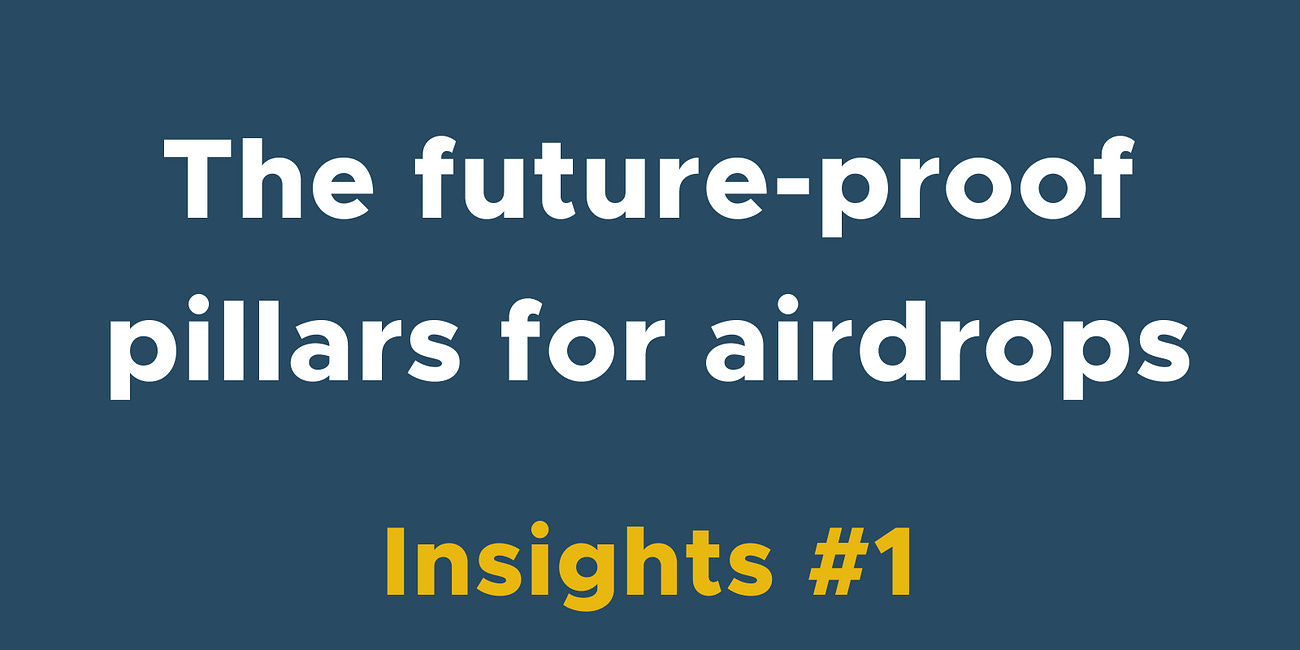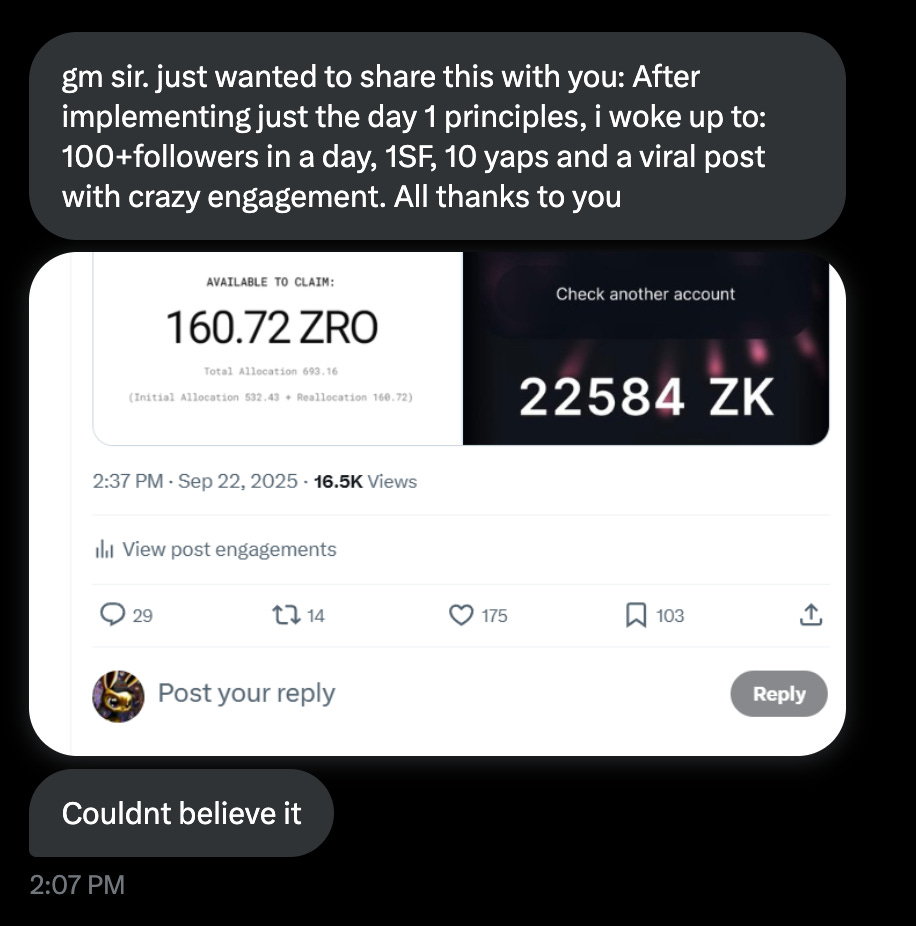How I spot the best airdrops with these top 10 signals
Most airdrops aren’t worth your time.
I’ve wasted hundreds of valuable hours chasing airdrops that gave zero returns.
And that made me realise that I’m grinding for points that eventually mean nothing.
So I’m not chasing every airdrop opportunity that’s available right now.
Instead, I’m focusing on ones that meet certain criteria I set for them.
Here are the 10 factors I’m using:
Revenue generation
For any project to survive, it needs a source of revenue.
I’m prioritising projects that are built to last for the long-term, instead of disappearing once the token launches.
A good indicator is how much revenue it generates:
Do they have real users, or is everything just hype?
We can’t find the revenue metrics for most companies, but some are available on Dune and DefiLlama.
Here’s an example of our good friend Scroll:
It can be difficult to determine the revenue for some projects (especially if they’re new):
But we could use this as a gauge instead:
Usefulness of the project
Even if the project has zero incentives, will I still use the project?
If the answer is yes, then it’s one that I would go hard on:
Especially if I can use it in my onchain routines.
While I’m fading those that I have no motivation to interact with apart from the airdrop.
Some examples of ones that I’m still using irregardless of the airdrop:
Bridging: Jumper + Stargate/Relay combo
Wallet: Zerion (to earn XP)
Onchain discovery: Layer3
I see Zerion/JLP as key to unlocking future airdrops and other opportunities (depending on our level).
I’m earning Zerion XP through gas spend too:
So being active onchain gives me another perk when I sign transactions on Zerion.
While Stargate/Relay are the best options to sending funds across different chains with minimal fees (and not Orbiter/Owlto).
Many are outraged over the ‘poor rewards’ distributed by Layer3, but I see it as a bonus for interacting with their platform.
My priority is building my onchain footprint by interacting with new protocols.
(It’s optional to mint CUBEs though I see it as an important credential in the future).
This leads on well to the next factor:
Good app UI/UX
UI/UX is a great indicator of a team that cares about its users.
These are usually not teams that look to dump their tokens on day one.
Instead, they want to make a project that lasts for many years (by prioritising users).
Teams with this mindset look to play the long-term game and are more community-focused.
Which could lead to a ‘better’ airdrop though it’s never a guarantee.
Classic examples include Hyperliquid and Relay, where everything ‘just works’.
But there’s no point if everyone can do the same actions as us:
Barrier to entry
Underfarmed airdrops have a higher chance of doing well:
The competition is lower so we could receive a higher allocation.
Though this is never a guarantee.
I define underfarmed airdrops as those with a barrier to entry:
What’s stopping the masses from farming this?
This can range from a few factors, including:
High liquidity required
Involving skills (e.g. LP-ing or Meteora DLMM)
I find leaderboards as a good indicator of how the barrier to entry is:
Those with < 50k participants are ones that I’d go hard on.
We can expect bots and Sybils to flood an airdrop campaign if it’s so easy to do.
Layer3’s Espresso campaign is one great example:
Over 521k participants completed the first quest, while most Layer3 quests average about 3-5k participants only.
If Sybils can do the same actions as us:
It’s likely that the campaign is too diluted, and we’d lose out to them.
This was something that I shared in my previous article on ZKsync, and why they chose not to use the same playbook as Arbitrum:
Probability of the token
I would skip if the project constantly talks about its airdrop.
One example was Novastro and how they kept shilling their airdrop (particularly the yapper allocation).
Again, it boils down to how good the product is:
Projects with a solid product don’t need to shill their airdrop because they’re able to get users.
Only those that know they can’t attract users unless there are incentives would go the ‘shill airdrop’ route.
I also like an element of uncertainty to the airdrop:
Projects that constantly deny that they’ll do an airdrop are ones that I’d interact more with.
Especially if their product is good.
If everyone knows an airdrop is coming, it’ll likely be too diluted.
But fewer people would do an airdrop if there’s no guarantee of rewards.
I like surprise airdrops and will prioritise those that don’t announce (or even deny) that they’ll have an airdrop.
Genuineness of the team
How the team portrays themselves publicly plays a big role too.
Teams used to stay anon, but the tide is slowly changing to ones that are doxxed.
As this adds trust to the project.
The way the team talks about the project plays a role too:
Are they just hyping up the project, or is there real value?
Based on their posts, we can tell how genuine and serious they are about solving user problems.
While others would feed on hype and eventually disappear after TGE.
(Their posts are great at saying nothing with a lot of words)
n particular, when the team/brand account purely uses AI to write their content:
I lose trust in their project.
It’s easy to spot these patterns too (particularly if they just rely on hype), like I shared here.
@Ikh011 made this point to bet on people:
See which founders/team members who you resonate with and choose those projects.
Type of airdrop
There are 6 different main categories of airdrops:
Purely social tasks (incl. Kaito yapping)
This involves Discord role/Zealy XP grinding, or liking and engaging on the project’s Twitter.
Gaming
Usually involves spending a significant time to play the game and get an airdrop, something similar to Pixels.
Points-based campaigns (with known criteria)
These are usually liquidity-based campaigns, where we know the amount of points we earn based on our deposits.
We’ll even get guidance from the project on the ways to earn points, just like Resolv:
Points-based campaigns (with no known criteria)
The most famous example is Hyperliquid, where no one knew the exact formula for earning points (which encouraged more activity).
Task-based campaigns
I used to complete Galxe campaigns with onchain tasks, and one of the more successful ones was Manta’s campaign.
Retroactive
Ones that are based on previous onchain or social activities that we did before the snapshot.
These are the 2 main airdrops that I’d prioritise:
Points-based (with no known criteria)
Retroactive
Retroactive airdrops are still my favourite way because we get rewarded just by exploring new protocols.
While points campaigns without publicly known criteria means they can’t be easily gamed by Sybils.
We saw how Aperture’s campaign was completely exploited because some found loopholes in the points system.
It doesn’t mean that I wouldn’t interact with other types of airdrops, but I would have lower expectations on the return.
Type of interactions
The best airdrops are ones where I can profit while gaining exposure to the airdrop.
If I’m good at trading and LP-ing, I’d go much harder on protocols like:
Meteora
DEXes like HyperSwap (HyperEVM)
Others include earning stable yields on the assets that I hold, such as USUAL or Anzen.
Though I would look at the leaderboard to see if these point programs highly favour whales.
Ones that I prioritise less are bridges, where we’re basically burning fees to get funds over.
So I only do it when absolutely necessary.
That’s why I decided not to do the DeBridge airdrop, because it just became a PvP game on who’s willing to burn the most fees.
Another factor I use when deciding to interact with a protocol is this:
How easily can my actions be replicated?
Bots and Sybils are our biggest enemies and they can outperform us if we do low-value actions that are not meaningful enough to a project.
Which is why ZKsync chose to ignore the Arbitrum playbook as I shared below:
The controversial ZKsync airdrop… One year later
ZKsync’s airdrop was the most misunderstood drop in the past cycle.
I used to perform daily check ins for some protocols, but eventually gave up because it’s so monotonous.
There’s no point in doing these because bots can repeat them at scale.
So we need to find tasks with high barriers to entry to outperform them.
Which accounts talk about the project (and how)
InfoFi has made the timeline worse, but it’s so easy to identify those who are noise generators over value providers.
The type of accounts that talk about the project makes a huge difference:
Do they solely rely on hype or is there some value in the guides they write?
Projects that know that they can’t survive will feed on hype and aim to generate as much noise before TGE.
So they would partner with as many accounts that are willing to shill them.
I have a list of accounts to watch out for, and it’s an instant skip if they are the only ones who shill a project.
Instead, I would look for more reputable accounts in the space and see whether they talk about this project or not.
Impact of referrals
Can an organic user with zero referrals effectively compete with a KOL with tons of referrals?
A classic example is OneFootball’s campaign, which basically has nothing except for mindless social tasks.
All the hype shared by other accounts was meant to get you to use their referral link, and you’re effectively grinding to push them up the leaderboard.
There’s no way for an organic user to achieve a high rank because all of the tasks are so easily replicable.
Fundraising
The amount of funds a project raises is no longer a key criterion.
We used to go crazy when a project was funded by Binance Labs (now YZi Labs), but it’s no longer the case.
Some still have been decent, but I’ve noticed that some projects are low-quality too.
But it’s worth looking at who their backers are still.
I’m using CryptoRank’s fundraising database to keep track of all the deals so far.
Time is the most valuable asset
This is not a foolproof framework and it’s possible that the airdrops I interact with become complete failures.
But these factors help me decide what projects I decide to spend my time on.
Time is our most valuable asset, and I’ve wasted enough of it on useless airdrop tasks just because a crypto account shared it.
Even if it’s ‘just 5 minutes’, these will add up and waste time.
When you could have used that time to interact with another project that gives a better airdrop.
Hopefully this helps to give you better judgment on what projects to interact with.
I'm curious to know what factors you're using too, so let me know in the comments.
But the airdrop meta has changed, and it’s no longer enough to just build up your onchain footprint.
I see that the future of airdrops will reward both onchain and social footprint, and I shared my thoughts below:
Want better airdrops? Build a future-proof profile with these 2 pillars
The airdrop game has changed forever. Gone are the days when airdrop criteria are based on volume and transaction count alone.
The 30-day challenge to go from zero to Signal Creator
Want to capture the next wave of airdrops? You need both onchain and social reputation.
Stop wasting hours on low-value tasks and start building habits and systems that projects will reward with bigger airdrops.
Build the foundations for a reputable brand in just 30 days with one actionable tip you can implement each day.
It’s time to stop burning out on low-value tasks:



